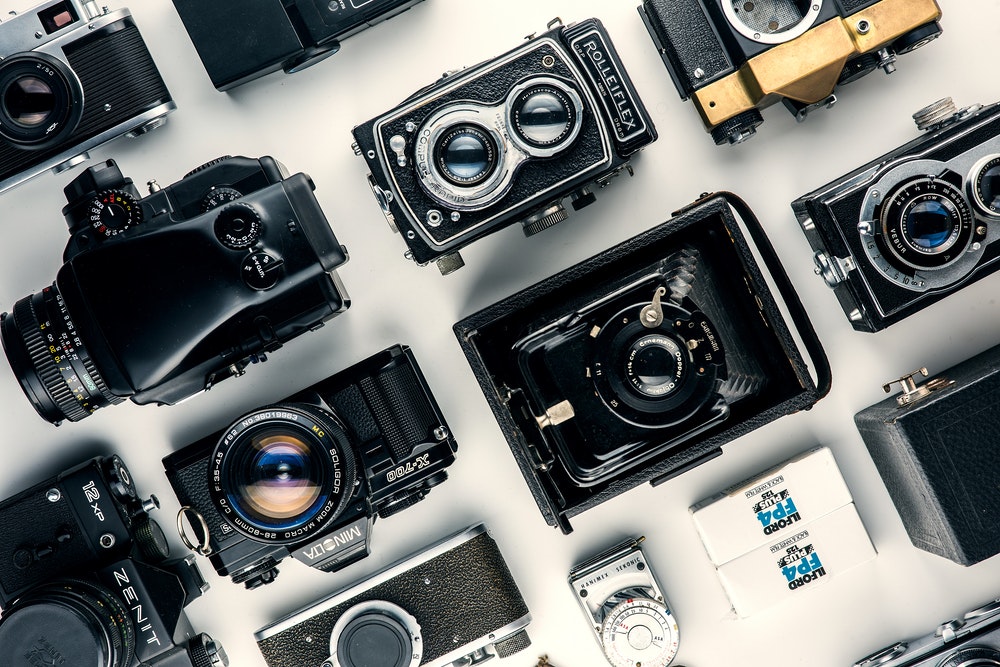One of the most useful and yet least understood tools in your digital arsenal is your camera’s histogram. Learning how to properly use and understand your camera’s histogram is the easiest way to vastly improve the amount of properly exposed photographs you take. In the past you had to use a light meter and then set your camera settings for the light reading.
Modern digital cameras, including most point and shoot cameras, have an internal light meter and can display a graph showing the exposure levels. So how do you read this information and put it to use? Continue reading and let’s dive into this important topic.
What is the histogram showing you?
When we look at a histogram we are looking at a graph of the light levels that are present in the image. In most cases this will look like a pretty simple bell curve, the more the graph is towards the left, the more underexposed (dark) the image is, the more to the right, the more overexposed (bright) the image is.
With most digital cameras you can set the preview display to show the image as well as the histogram for the image so that as soon as you take the picture you can tell by looking at the histogram if the image is properly exposed or not and using the histogram is vastly more accurate than reviewing the image by itself on the LCD. Quite often if you see pro’s chimping their shots it’s because they are looking at the histogram not at the image itself.
Chimping is the act of looking at the images on the LCD after taking a picture. This term was supposedly coined when someone saw a flock of photographers at the Olympic games when the first DSLR’s were available, when they would take pictures they would look at the screen and go “ooo ooo ooo” – somewhat like a monkey sounds.
What does a good histogram look like?
There isn’t really a perfect answer to this because the proper exposure for any given image may actually be at one extreme or the other based on what you are trying to accomplish. If we aren’t trying to push the exposure one way or the other, than we can shoot for some basic guidelines. The first thing to note is that digital reacts differently from film in that with film details will be lost in the shadows so you never want to accidentally underexpose film, with digital the opposite is true in that details are lost in the highlights.
Since we know digital sensors react this way we want to make sure we never overexpose so we want to “expose to the right” meaning that if we look at the bell curve we want the exposure to be slightly right of centre. By slightly overexposing, however without blowing out highlights we can capture more of the detail in the image than if we underexpose and lose detail permanently in the shadows.
Why do I need to even know this?
A DSLR camera is totally automatic right? Why do I need to know this information? Well we don’t write all these articles to show you how to take pictures in automatic mode do we? Of course not, to get the most out of your camera you need to know how to get off of automatic and program mode and learn to use manual mode or the creative modes (aperture priority and shutter priority).
Not only does the built-in light meter not always do what YOU want however it isn’t always that accurate depending on the conditions. For most situations though a quick glance at the histogram will tell you if your capture is over exposed or if you are going to blow out highlights.
Advanced Histograms
If you are lucky enough to have a camera that does an RGB histogram, you have an even more accurate meter because a basic histogram will show the overall luminance values, an RGB histogram can show you if one particular colour isn’t exposed properly.
If your camera has the option, make sure you enable the RGB histogram over the standard one.
Histogram + Blinkies = The Magic Bullet
While most cameras have a histogram, more advanced cameras can turn on a feature that will blink in areas that are overexposed. With the “blinkies” turned on along with the histogram you get both a quick way of seeing areas that are blown out and will lose detail however also a complete exposure guide.
Learning to use these powerful tools will dramatically improve the number of properly exposed images.







